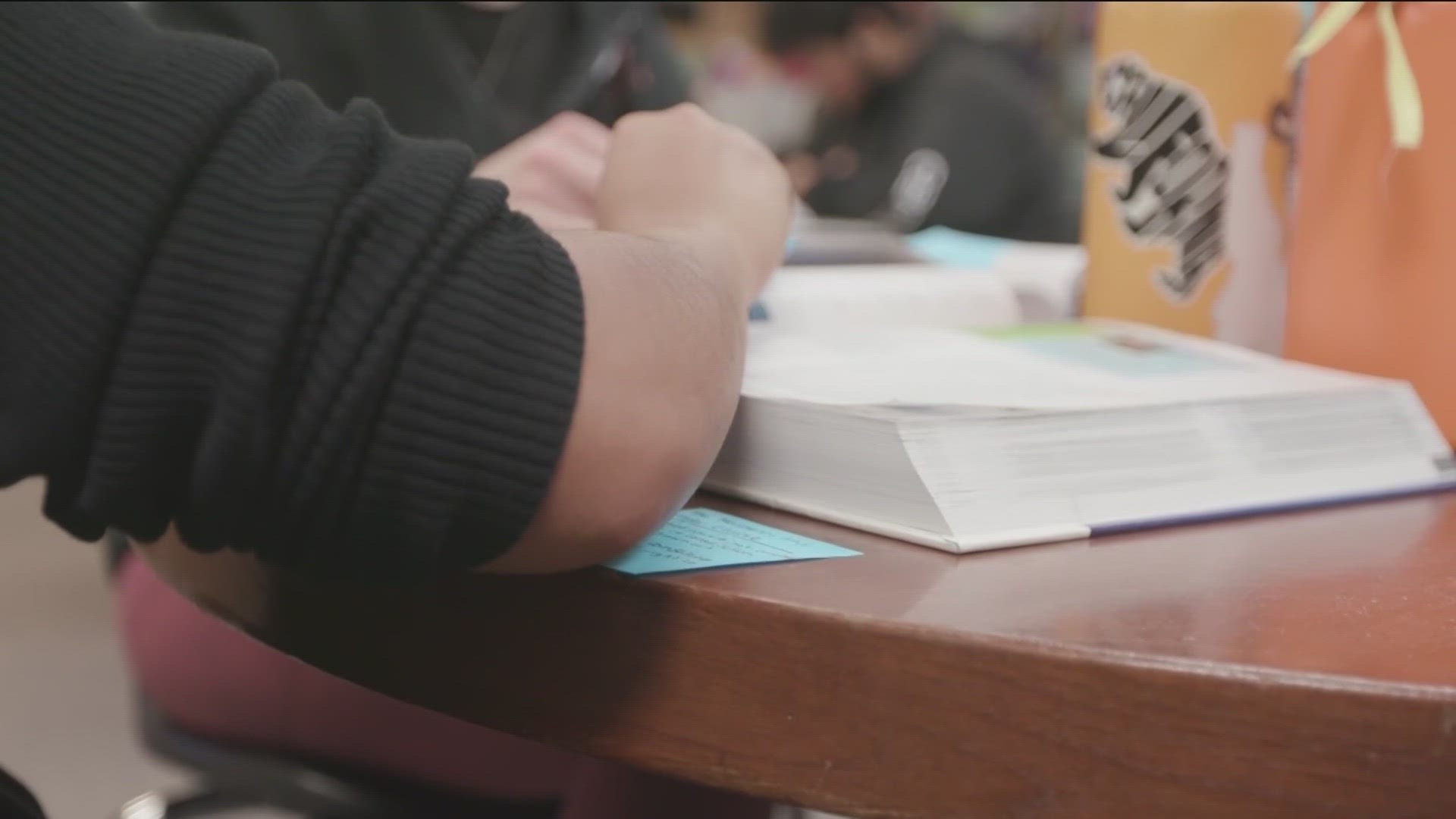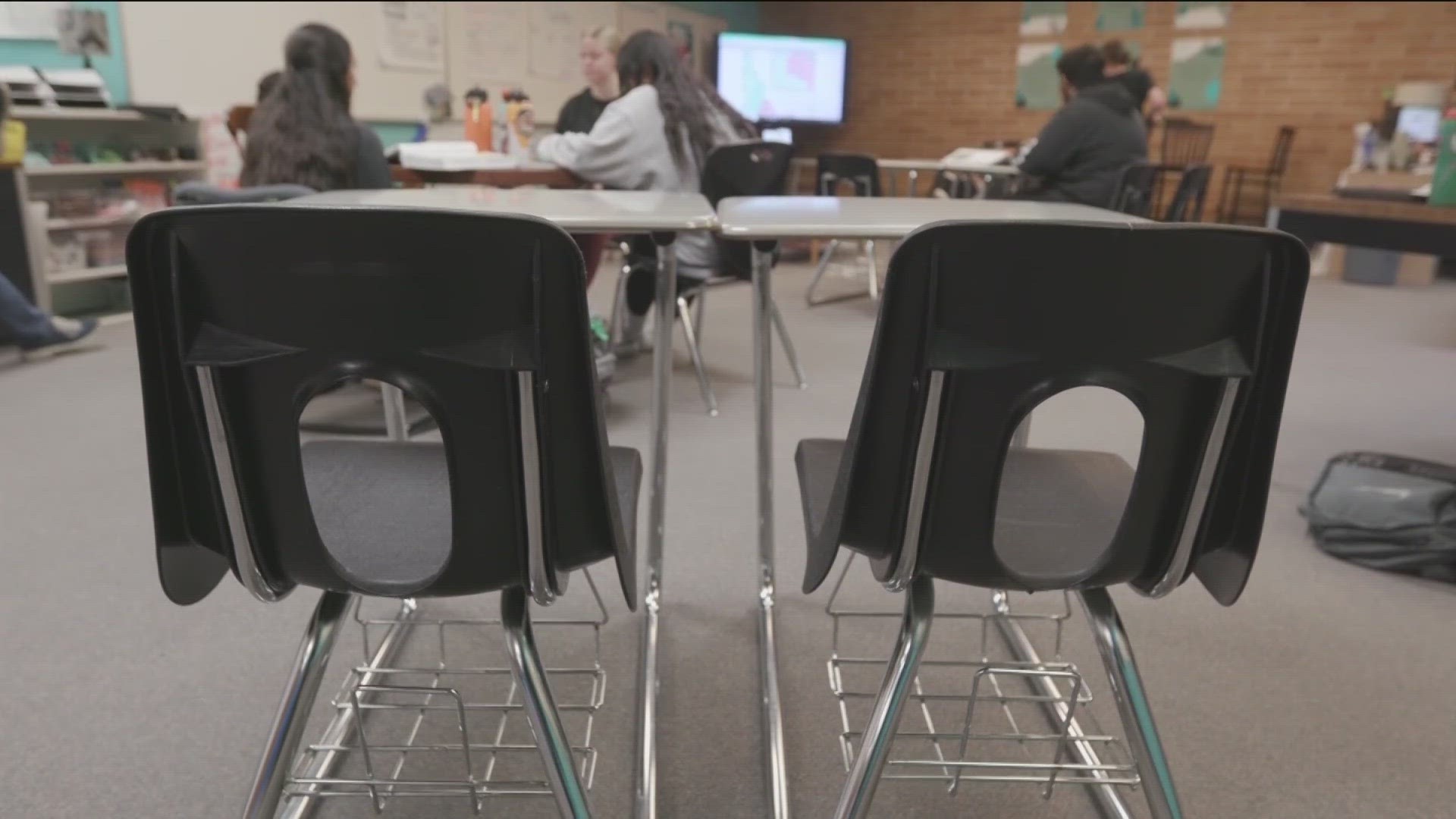Idaho's uncounted kids: 'A lot of times it's an invisible problem,' in urban and rural areas, more children are experiencing homelessness in Idaho
The State Department of Education says about 3% of Idaho students are homeless. But it's likely hundreds more are going unhoused, undercounted and unsupported.
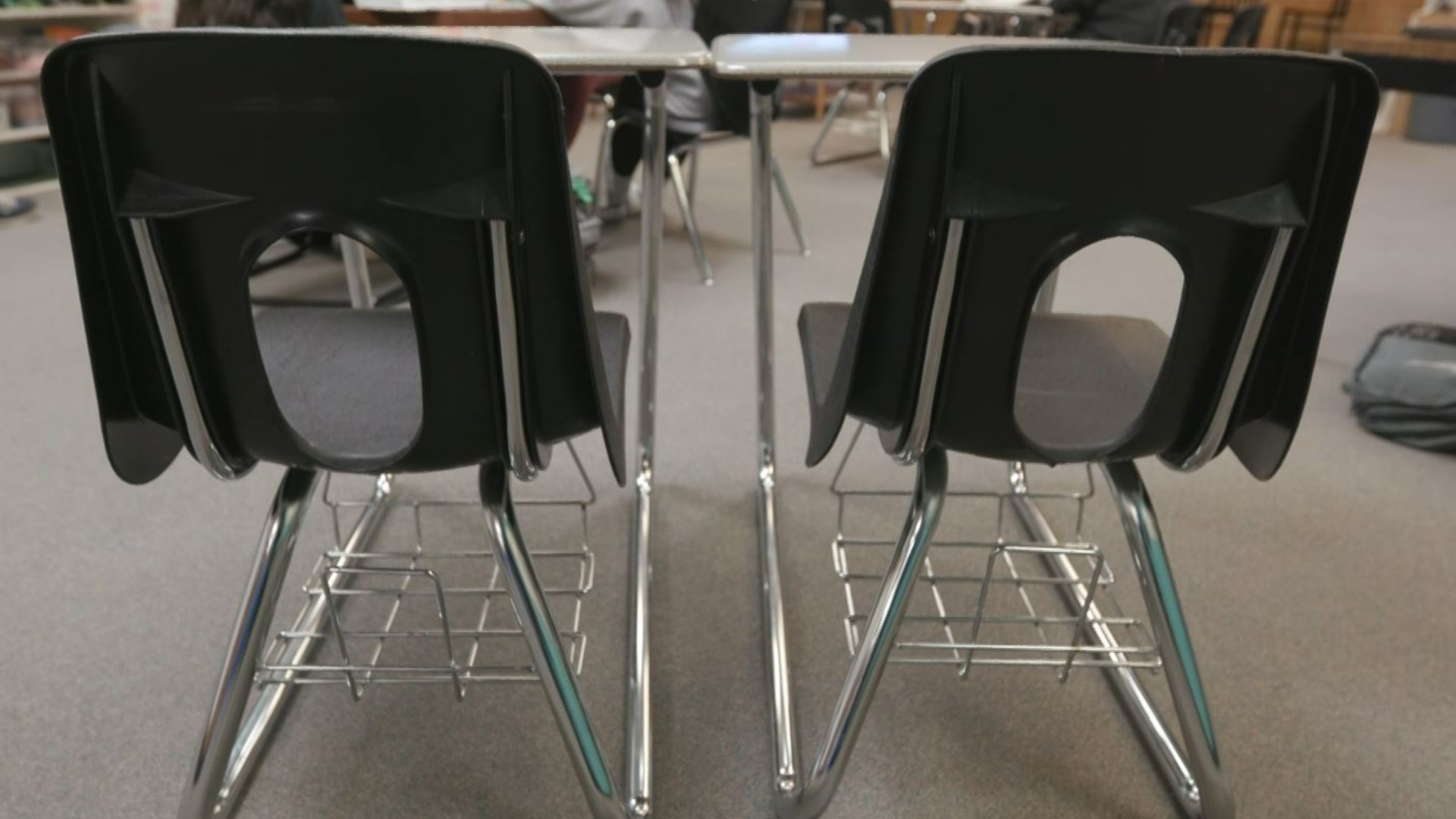
Thousands of Idaho kids were identified as homeless the 2022-23 school year. School districts are required to count and support K-through-12 students experiencing homelessness under a little known federal law called the McKinney-Vento Homeless Assistance Act.
The law is meant to give them an equal shot at education.
Tara Smallwood, Amber Raines and Jessica Kauffman are experiencing homelessness in the Treasure Valley and have kids in the public school system; "My kids wouldn't be the kids that they are if I didn't have the program, or the help, or anything," Smallwood said.
"If you're a single parent income, it's nearly impossible to survive," Raines said. "It's easy to get lost in the cracks."
While most Idaho school districts are doing their best to ensure students' success, it can be challenging to identify homeless students. Moreover, there is not much money, or incentives, out there to help them. Therefore, it's likely hundreds more unhoused students are undercounted, and unsupported.
Rising numbers of students experiencing homelessness The Mckinney Vento Homeless Assistance Act
The State Department of Education data shows last school year more than 9,100 public and charter school students in pre-K through 12th grade were identified as homeless, up 1,300 over the past five years. That equates to about 3% of all Idaho students.
7 Investigates went to Interfaith Sanctuary's hotel shelter as Smallwood's kids were getting home from school. The parents who stay at the shelter have the same hopes for their children as any other parent.
"Honestly, right now, my main concern is them getting the best education that they can," Smallwood said. "Because I don't want them living the life I lived. I don't want them living in the poverty life."

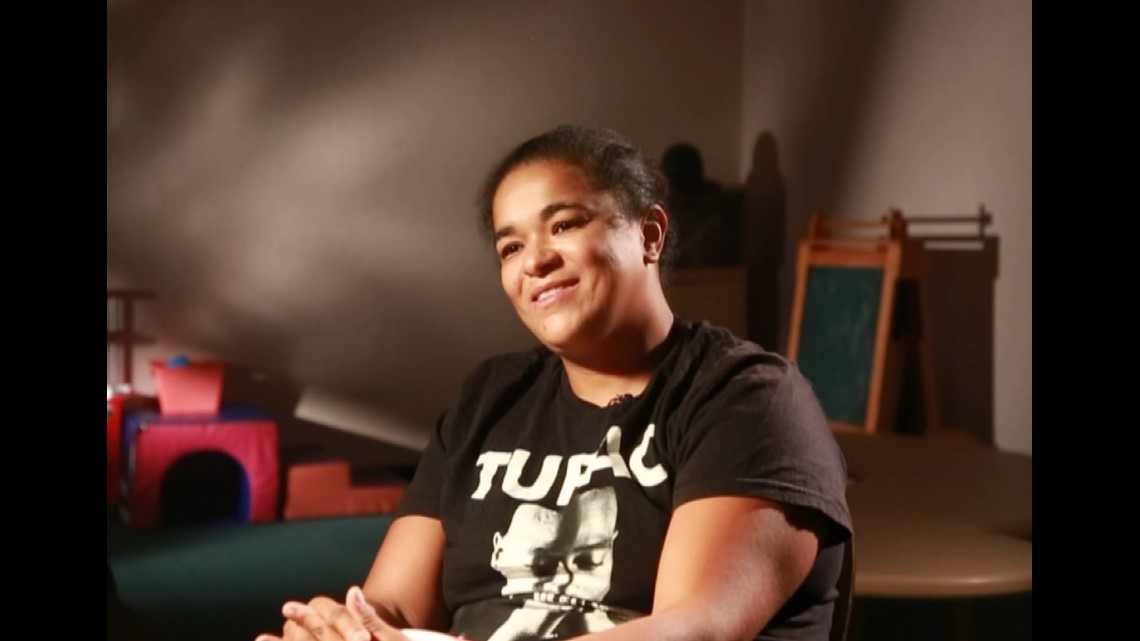
There are more children like Smallwood's experiencing homelessness all over Idaho. In 2018-2019 the number of homeless students was 7,810, in 2019-2020 it was 8,083, in 2020-2021 the number was 7,570, in 2021-2022 it rose to 9,296 and in 2022-2023 it was 9,145.
The state department of education said children with disabilities, migrants and English learners are disproportionately impacted.
"A lot of the times that can be contributed to just the economic climate that we're in," said Emily Sommer, Title IX-A coordinator with the Idaho State Department of Education. "That is a consideration. In addition, too, we're doing a better job at identifying students through our training, through outreach, all those things."
For parents and kids, the experience is much more than just statistical.


"You make enough money to not qualify for food stamps, but not enough money to fill your fridge with food," Raines said.
Kauffman, whose kids are in the public school system, said toxic relationships, addiction and instability in life led her to homelessness.
"I was kind of couch-hopping and trying to figure it out. And then I had gotten a DUI and went to jail, and then came here after that," Kauffman said.
Families often have to move several times, which causes disruption in their kids' education and development.
"My son sort of lost the passion to go to school because he just, you know, he didn't really want to deal with it," Kauffman said. "My daughter was a little younger. And so, for her things were just a little easier to adapt."

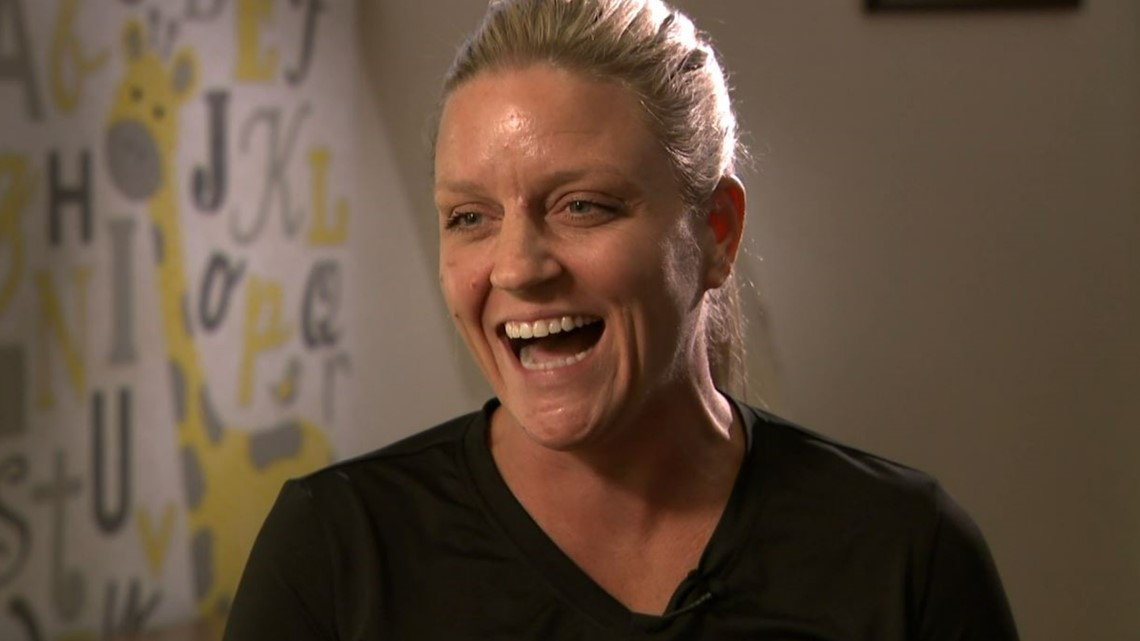
Statistics show kids who experience homelessness at any point in their childhood score more poorly on standardized tests than others, have a higher need for special education, are more likely to fall behind and are less likely to graduate high school.
A Center for Public Integrity analysis found graduation rates for unhoused Idaho students lagged more than 20-percent behind the average graduation rate. In 2017 and 2018, U.S. Department of Education cohort graduation rate data shows the overall graduation rate in Idaho was 81% while the graduation rate for students experiencing homelessness dropped to 57%.
Kauffman's son did not end up in a similar situation. She credits that, in part, to the federal law requiring public schools to assist homeless students to break the cycle of poverty.
"McKinney-Vento is the federal law that ensures students experiencing homelessness have access to education," Sommer said. "By law, every school district has a McKinney-Vento liaison and during enrollment they have a housing questionnaire that they send out and families can complete that questionnaire."
Created in the late 1980s, and amended and updated over the decades, the McKinney-Vento Homeless Assistance Act requires all school districts to identify all unhoused students and unaccompanied youth.
The definition of who counts as "homeless" is broad; it includes anyone who lacks a "fixed, regular and adequate nighttime residence." That means students who are unsheltered, staying in cars, in substandard housing, living in shelters or transitional housing and in hotels and motels. However, the vast majority of students identified as homeless are living "doubled up" with friends or family.
Once they're identified, the school must waive enrollment requirements like immunization records, refer families to services, support kids academically and provide transportation so they can stay in the school they attended before becoming homeless.
"Phone calls from the social worker is where it began, if there's anything that they could do to support me; offering for food, gas vouchers, the McKinney-Vento busing to keep her in the same school district even though we moved to a different one. Back to school clothing," Raines said.
Under the act, the U.S. Department of Education also gives states money based on a complex formula. Then, school districts can apply through their state department of education for competitive sub-grants to implement the program at the district level.
"They would get help with sports that they wanted to do which was really helpful because I was going through my program," Kauffman said, "Pretty much anything we needed, [even] school pictures. Without the assistance it would have been really difficult to navigate all the things to keep them included in the education system for sure."
The law works to ensure unhoused children stay in school and have a fair shot at a future, and Raines and Kauffman can attest to its success.
"Kids that graduate from high school with either a GED or high school diploma are three and a half times less likely to experience homelessness in adulthood," Sommer said. "So, we really, really want to push them and retain them and get them to that finish line there."
Homeless students falling through the cracks Making the invisible, visible

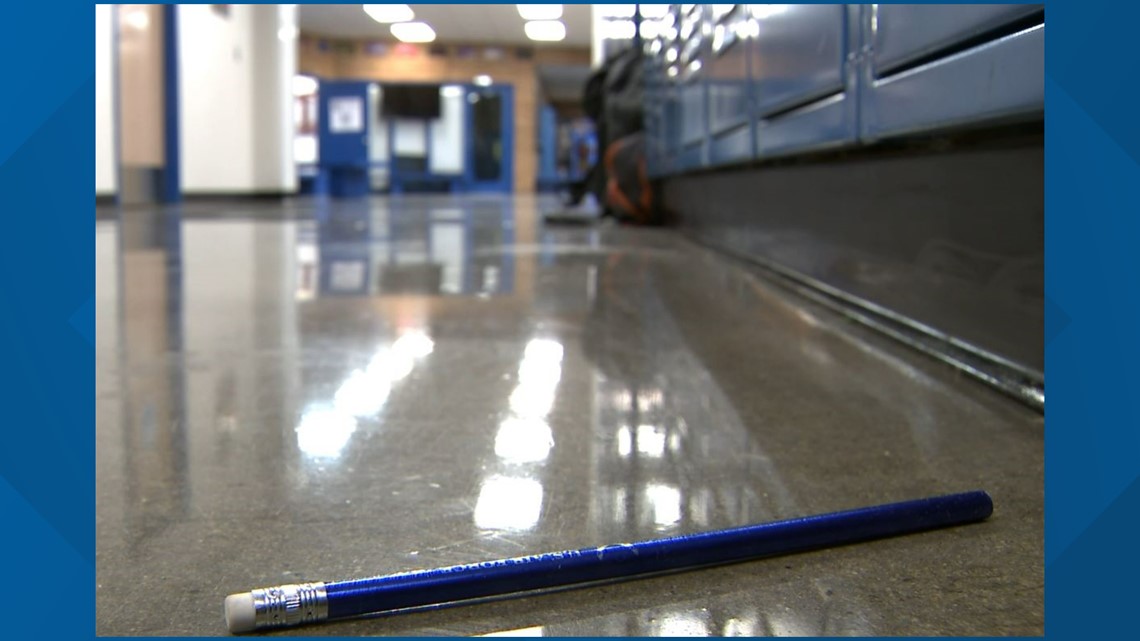
Though it provides countless benefits to thousands of Idaho kids, 7 Investigates learned shortfalls in America’s homeless education law lead to undercounting of students and inadequate resources to help them.
As previously mentioned, every school district in the country is required to identify and support homeless students under McKinney-Vento. However, not every district applies, or receives, the extra federal money set aside to do that.
Jen Wright is the principal at Notus High School, as well as the school district's federal programs director, grant coordinator, McKinney-Vento Liaison/Title IX coordinator.
She said in small districts, "We do it all." As the district's McKinney-Vento liaison, Wright keeps unhoused kids in school every day.
"If we can get them in school then they have food, they have resources, and then I think our students don't feel like they're getting further behind," Wright said. "Homeless doesn't mean you're on the street, necessarily."
"The benefit is we know our families here. So we make sure they graduate or we figure out a plan," Wright added. "Part of the advantage of being in a smaller district is we can greet them at the door, we can ask those questions, and then we can follow up."
Wright makes sure kids enroll no matter what, educates families about opportunities for their children, refers them to health care and housing services and so much more.
"We're their safe space," she said. "We are their home away from home. Sometimes we're their only home, right?"
Last year in the Notus School District, 12% of students were identified as homeless -- each one with a different backstory.

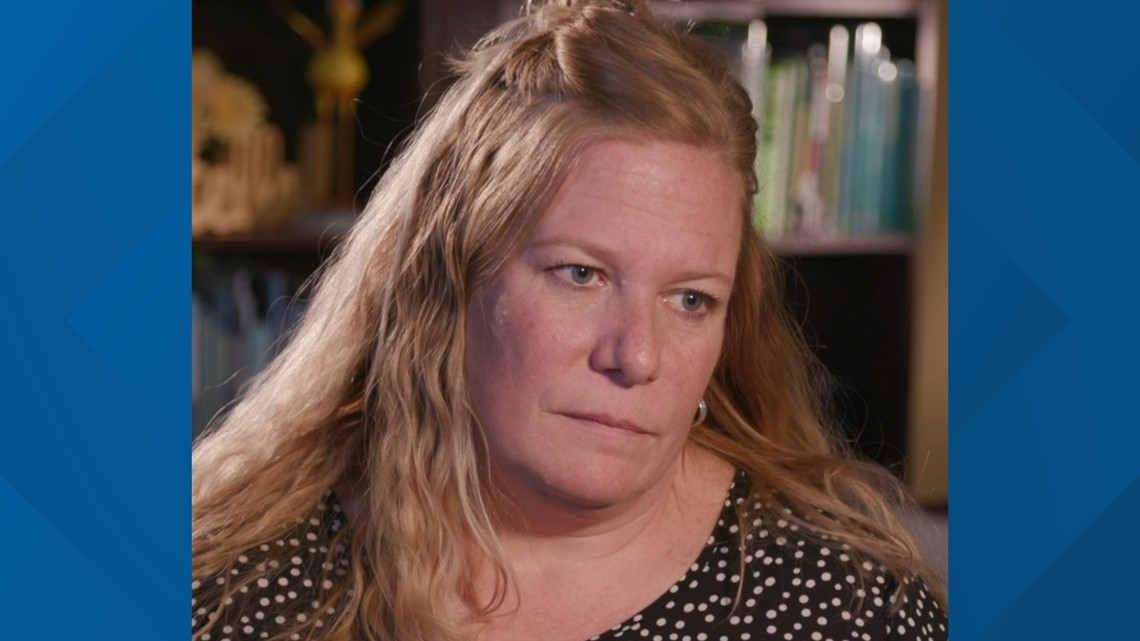
"They are [the family] behind in rent so then they find themselves without a place to live. Or there was a dispute in their family dynamic," Wright said.
The number of identified homeless students in Notus is much higher than the statewide average of around 3%. But experts say that statewide number is likely an undercount.
"It is a problem," Sommer said. "And we're doing what we can to to mitigate that, with our annual trainings, with creating community partnerships of cross-referral and cross-training as well, public outreach, you know, public notices."
When 7 Investigates asked Sommer if the numbers were under-reported because people may not identify themselves as homeless, she said, "Definitely. Because I think everyone has their own definition of what homelessness is."
Nationally, it is estimated at least 5 to 10% of students in poverty eligible for free or reduced lunch experience homelessness under the broad McKinney-Vento definition.
Data analyzed by 7 Investigates from the Idaho Department of Education found it is possible at least 750 children in Idaho - on the conservative side - who are not stably housed are going unidentified by the school districts mandated to serve them.
Not including charters, 37 school districts are likely undercounting, based on the national free and reduced lunch benchmark.
Students who are most likely to go uncounted are those whose families do not realize they qualify for the assistance, experts like Wright and Sommer say.
"I didn't know things like that even were available, and I wouldn't have thought to ask either," Raines said. "It was very nice of them to reach out. But it makes me wonder, if the social worker has no idea, and the parents have no idea, how do they even know to ask the right questions? I think that's where you lose people."
Schools may fail to follow the rules and educate parents, also leading to students falling through the cracks.
Social stigma and shame can be a barrier.
"It's kind of embarrassing to be in a situation like that to begin with. And so I can see a lot of people going unnoticed," Kauffman said.
Sommer added, some families are afraid to admit they are struggling because they don't trust the government.
"They're afraid that their kids are going to be taken away. Or they could have negative experiences with state agencies in the past as well," Sommer said. "If we are reporting and our data reflects that there's only X amount, but in reality, it's such a larger problem, you know, it's really hard to address that, and find a solution that's appropriate for that size of an issue that we're experiencing."
Not only are students falling through the cracks, 7 Investigates also discovered most Idaho school districts are missing out on federal funds set aside for homeless students.
Sommer said only 29 out of the 180 public and charter school districts in the state applied for the competitive McKinney-Vento sub-grants this cycle through the state department of education -- in part, because it is not a whole lot of money. Districts may not apply because it may not be worth it.
"It's a fixed amount. And it's dependent on how many schools apply, but all are welcome to apply," Sommer said.
The American Rescue Plan Act of 2021 included an historic $800 million for all districts to identify and support the needs of homeless children.
But the school year before the pandemic, a National Center for Homeless Education report shows Idaho's McKinney Vento allocation was the eighth lowest in the nation, totaling about $40 per identified homeless student per fiscal year. (In fiscal year 2018, federal data shows identified homeless students in Idaho received $39.93 per homeless student.)
That is a fraction of what schools are actually spending to support them.
"It's just it's not feasible," Wright said, "That's not even a tank of gas."
Although meager, districts that don't apply for sub-grants are still missing out on that extra money for homeless students.
"When districts make a decision to accept federal funding they have to take into consideration what their staffing is, their timing and their resources. Because some of the requirements that we have with federal funding requires data collection, they are subject to auditing," Sommer said.
Wright said because her McKinney-Vento grant isn't completely adequate, she has to lean on other grants to help her students.
"Not only the food pantry or school supplies, or help with first month's rent, or gas vouchers, or, you know, understanding like, oh, they need glasses," Wright said. "Or some of our juniors and seniors want to take dual credit classes but they need a book. So then that costs $75, which we can tap into the sub-grant money."
At the end of the day, Wright said every bit helps; without the sub-grants they would not even be able to provide basic needs to these kids.
When asked if the federal government should allocate more money to homeless families and students, Wright said "absolutely".
"They need to... If basic needs aren't being met or if there's that barrier to learning, then they're not going to show up or then their attendance is terrible or then they eventually, as you know, the numbers, they drop out because they feel defeated," Wright said.
How Idaho is working on the problem Solutions but a lack of federal oversight

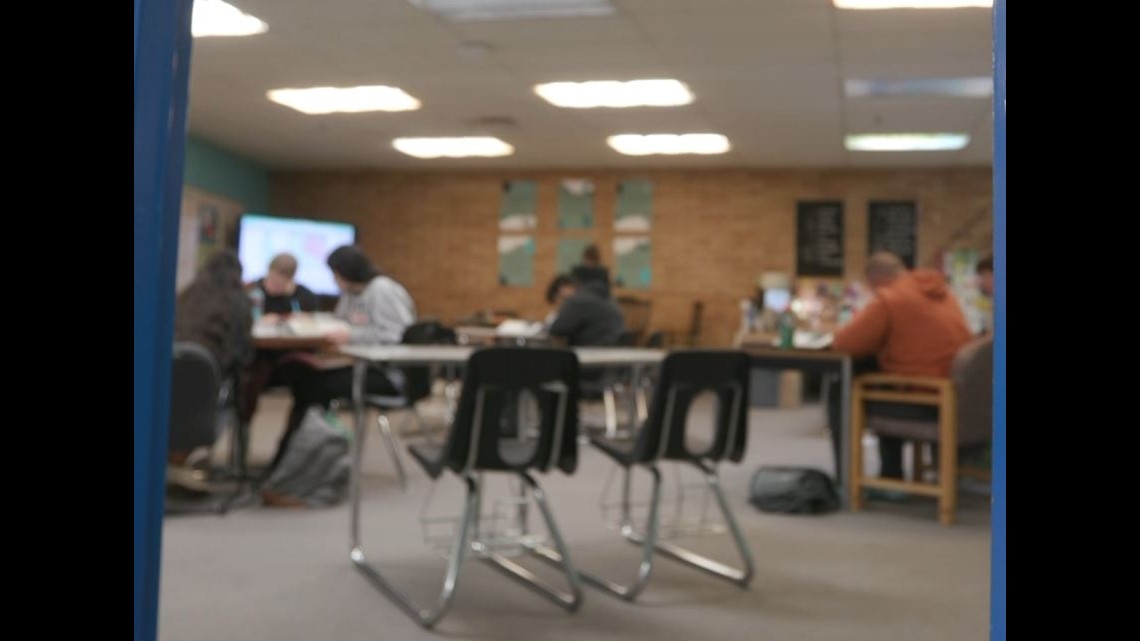
The Idaho State Department of Education is working on solutions, however there is a lack of federal oversight when it comes to school districts enforcing the national homeless education law.
7 Investigates' three-part series ends with how Idaho's public school leaders are working to help districts and prevent more students from falling through the cracks.
Without stable housing, high school is even harder for Lauren Lopez. She is homeless and does not live with a parent or guardian. Wright supports Lauren and students like her.
"It's that daily grind of making sure that you're doing that job," Wright said.
"I know Notus gives a couple kids some gas cards or gift cards to help them get to school if they drive," Lopez told Wright in class when Wright asked if kids could describe how the act assisted students.
The first step in helping these students is identifying them.
"Having social workers that reach out, too, and being connected that's also important. Because if nobody's watching and nobody's helping or you're not being seen it would be so easy to get lost," Raines said.
Experts say it is critical kids experiencing homelessness are seen, so that people can grasp the gravity of the crisis.
"If we don't have accurate data it's hard to find an appropriate solution for that," Sommer said. "[Districts'] success is our success. So, we really look at, okay, this is where they're at. How can we give them the support and the training that they need to help them to improve?"
It falls on state education departments to enforce the homeless education law, monitor districts and determine whether they are complying with the law.
Despite that, a 2014 government accountability office investigation found there was not adequate oversight of the program. While addressed in some states, there is still no nationwide oversight.
Families, the federal government and states do not have many options, or the capacity, to hold districts accountable if they fail to follow the law.
While experts say hundreds of Idaho students are likely falling through the cracks, data shows most districts in the state are doing a good job counting homeless students.
"We are beating the national average of identifying rates of homelessness," Sommer said.
Sommer said more families report they are houseless in housing questionnaires when confidentiality is promised and living situations are clearly explained.
"At some point, awareness needs to be raised for the qualifications. You don't have to be sleeping on a park bench or living in your car to be homeless, and that there are resources available that can help you along your way to bettering your situation," Raines added.
The law requires state departments of education to host trainings every year and liaisons to attend them; "Especially with an emphasis on building those really good relationships with families and restoring that trust, reducing that stigma of homelessness," Sommer said.


Sommer said they are now doing multiple in-depth trainings each year, which is key because of high liaison turnover. The trainings teach the signs of homelessness and how that can impact a student's ability to succeed.
"The needs of these children are very, very unique. And therefore, it's really important for them to have these supportive services in place for them and to have them readily available," Sommer said. "Outreach as well, developing those community partnerships. Because more often than not - families that experience homelessness - their needs cross through multiple agencies and community resources."
An example of that is strong partnerships between school staff and homeless shelters, which helps ensure kids experiencing housing instability have the same access to free and appropriate education as their classmates.
Sommer said more partnerships are in the works, including a statewide school supply and hygiene drive. They are also doing more community outreach and posting McKinney-Vento posters in more visible places in schools and other public places.
"We're also launching another initiative next year, to incentivize students that are experiencing homelessness to graduate from high school and attend college. If we can get them to graduate from high school with a high school diploma or GED, they're three and a half times less likely to experience homelessness in adulthood," Sommer said.
"I think it's because it's not just a piece of paper, it's the accomplishment," Wright added, "Through the adversity, through everything, I showed resilience and I was able to get this."
As the number of homeless students rises in Idaho, people doing this work every day know that investing in their lives helps break the generational cycle of poverty.
"These are all of our kids," Sommer said. "That's one of the issues here is that: a lot of times it's an invisible problem. That is one of the reasons why I'm in this is because, one, it makes a difference in their lives and, two, it's an issue that deserves some highlight."
KTVB’s award winning investigative team reports on local, crime, and breaking news across Idaho.
HERE ARE MORE WAYS TO GET NEWS FROM KTVB:
Download the KTVB News Mobile App
Apple iOS: Click here to download
Google Play: Click here to download
Watch news reports for FREE on YouTube: KTVB YouTube channel
Stream Live for FREE on ROKU: Add the channel from the ROKU store or by searching 'KTVB'.
Stream Live for FREE on FIRE TV: Search ‘KTVB’ and click ‘Get’ to download.



